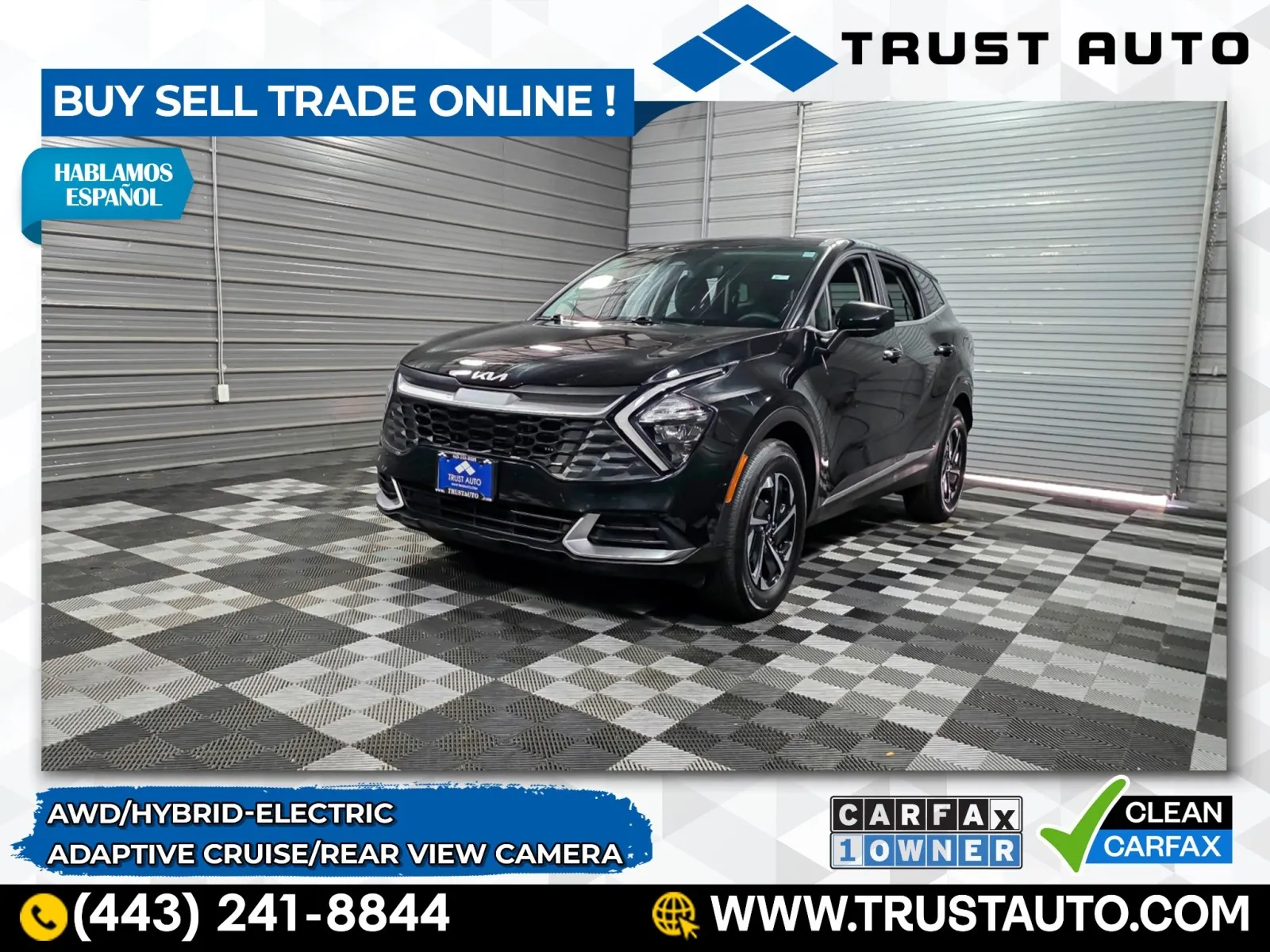How to Bulletproof Your Car

How to Bulletproof Your Car
Whether you’re hypervigilant about personal safety or live a lifestyle that could involve a gunfight, bulletproofing your car might be a well-thought-out precaution. Sure, you can call 911 for help, but the police aren’t faster than a bullet. And a fast exit out of a challenging situation may not be quick enough.
While bulletproofing is a general term for protecting vehicle inhabitants from gunfire, there’s a lot involved in making your car secure against deliberately or accidentally fired projectiles. Let’s explore what bulletproofing your vehicle is all about.
Different Level of Bulletproof Protection for Cars
Bulletproofing basics for any vehicle involve understanding how much protection is required. Do you need low-level protection from a subsonic weapon like a 9mm handgun, or do you expect your car to encounter small blasts? Depending on your requirements, there are different levels of available ballistic protection.
- B1, B2: These are the lightest levels of protection available that can stop a 9mm bullet. B1 and B2 protection levels are modest, so they do not fall under the armored category.
- B3, B4: B3 and B4 are the lightest levels of protection under the armored category. At this level, a vehicle is expected to handle low-velocity small firearms like a .357 or .44 magnum or rounds from a sporting rifle.
- B5: B5 is designed to provide rugged protection thanks to 7.5 mm armor that can handle assault rifles firing standard 5.56mm or 7.62mm rounds.
- B6: B6 is the most common level of protection you will see on armored vehicles used for government and high-level executive security. Bulletproofing at this level is engineered to defend against armor-penetrating rounds.
- B7: B7 is the highest level of ballistic protection available. B7-capable vehicles defend VIPs from all sorts of assault and sniper rifles.
Now that we’ve covered protection levels, should you consider owning a new armored vehicle from the factory or choose an aftermarket approach?
Stock Bulletproof Cars vs. Aftermarket Bulletproofing: What’s the Difference?
Like Audi, Bentley, BMW, and Mercedes, many top-tier luxury brands are no strangers to offering bulletproof cars straight from the factory. But the biggest drawback is the price. For example, the Range Rover Sentinel starts at $500,000, that’s a $300,000 premium over the equivalent non-armored model. It’s no surprise, as high-level protection is expensive.
Instead, some turn to the bulletproofing aftermarket. Companies such as INKAS and ARMOMAX can modify anything from a Prius to an SUV into a rolling fortress. Upgrades can include an electrified exterior or the ability to generate a smokescreen.
Expect to pay at least five figures for the privilege to reinforce your existing car. Costs begin at $10,000, with higher protection levels reaching the six-figure mark. There are cheaper ways to go, but these “toughened” exteriors don’t offer the same level of protection.
Different Bulletproofing Materials
Another factor that affects cost is the materials used for bulletproofing; this can range from basic composites to Kevlar and ballistic nylon. Each type of material has a different application and ability to protect.
Light armored vehicles will use bulletproof glass, with composite armor protection installed all around. Run-flat tires and Kevlar or ballistic nylon offer protection from fragmentation encounters. Heavily armored vehicles will use ballistic steel for the hull while relying on lightweight composite armor on the sides to protect from blasts and the potential for penetration. The bulletproof glass used here will be much thicker, and the costs will be higher.
That said, bulletproofing costs are directly impacted by the level of protection and type of armor. But regardless of these factors, the bulletproofing process stays consistent regardless of the materials used.
Process of Bulletproofing: How to Bulletproof a Car?
The job of bulletproofing is to protect you from bullets; this means preventing these projectiles from entering the cabin. The most vulnerable parts are the windows and the door. So, after these openings are reinforced, steps are taken to beef up the surrounding structures.
Reinforcing the Doors: The first step of bulletproofing a car involves reinforcing the doors—a vehicle’s most accessible components. The doors are removed and then fortified with armored panels. Standard glass is replaced with a bulletproof version. And, if needed, more robust window motors are added to support the extra weight of the new glass. Heavy-duty door hinges are installed as well.
Windows: In addition to door glass, the windshield, rear window, and other non-opening windows are replaced with bulletproof glass. The glass may be tinted or darkened depending on preferences and legal restrictions. These supplemental pieces of glass will need to offer the same level of protection as what’s being used in the side windows.
Body and Drivetrain: When reinforcing the body, the idea is to create an armored cavity around the cabin. This also includes the roof and the floor. So, just like with the doors, armor is added to these structures as well as the side pillars, trunk, and firewall (the area between the engine compartment and the dashboard).
In addition, extra care is given to protecting the fuel tank, and some armored vehicles are supported with a reserve tank (armored vehicles are heavier and use more fuel). Efforts can also include reinforcing the drive axles, the transmission, and any other components that would make the car inoperative if destroyed by gunfire or a blast.
Tires: Next in the process is replacing the tires. As long as the tires are fine, you can get out of most sticky situations. In most applications, bulletproof or run-flat tires can transport a targeted vehicle for 50 miles or so. Larger vehicles may use an onboard pressure monitor and self-sealing system. Regardless of the system, the critical thing here is that the tire stays intact on the wheel so driving off is still possible.
Chassis: Protecting the chassis is as essential as any other component. And while this usually doesn’t mean armored reinforcement, it does cover beefing up the structure to support the extra weight of the bulletproof protection. A quicker way to understand whether you need such an upgrade is to subtract the curb weight from the gross vehicle weight rating (GVWR). The result would be the extra amount it can take.
For example, a 2020 Land Rover Discovery has a GVWR of 6875 pounds and a curb weight of 4735 pounds. That means it can accommodate 2,140 pounds of extra weight (people and gear). Allowing an average of 150 pounds for each of the seven people (1,050 pounds total) that can sit in the Discovery, the most extra bulletproofing the vehicle could handle is 840 pounds. If the armor weighs more, you’ll need to reduce the passenger count or upgrade the chassis.
Engine and Front Bumper: The last step involves reinforcing what’s under the hood. The extra weight of the bulletproofing may require adding a turbocharger or supercharger to generate more horsepower and torque. In some cases, a new engine may be the best option.
At the same time, the front end is reinforced. This will help the vehicle ram through roadblocks or other barriers. Such steps could include a more rigid front bumper and adding structural support inside the engine bay. In addition, the radiator and engine block may be supported with additional protection.
Additional safety/escape measures: Bulletproofed cars can offer more than just armor. Additional protective measures can include a smokescreen generator, electrified door handles, a supplemental radio system, and night vision. Other options are an internal oxygen system to protect against harmful gases and a secret escape hatch to allow a discrete exit.
From Trust Auto
We love cars and our customers at Trust Auto. We hope you find this article interesting. Be sure to check out our other informative articles and contact us if you have topic suggestions.











